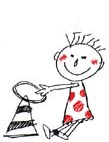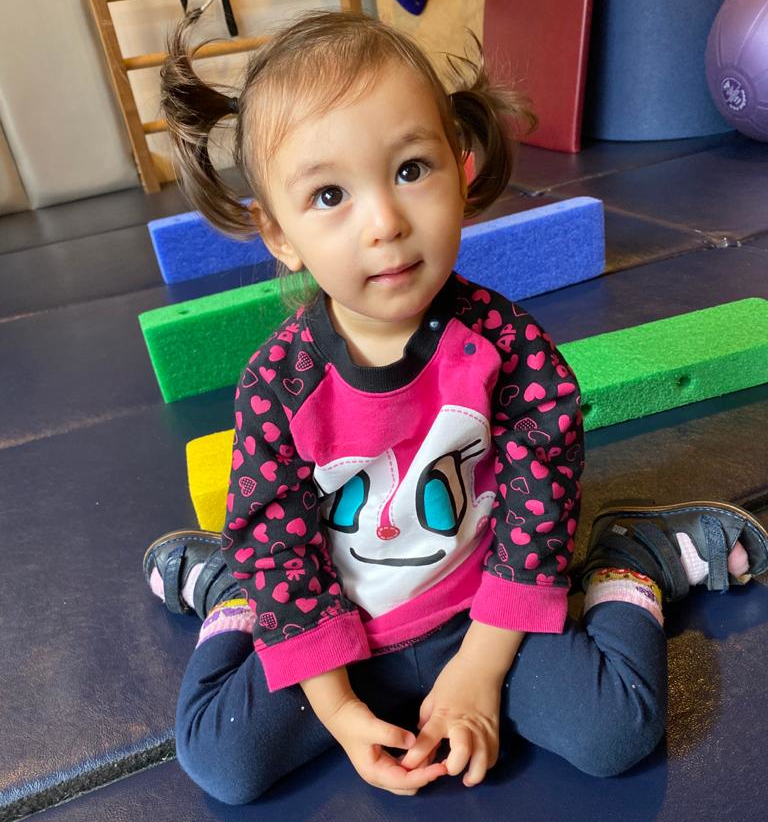W sitting
When a child is in W-sitting position, his bottom is between his legs and his knees are bent with legs rotated away from the body. It looks like his legs are forming a “W“s. For children this is a very easy position as they have a more internal twist in their thigh bones. In normal development the amount of twist will decrease when the child gets older. Often children move in and out of a W-sitting position while they’re playing. It is okay for a child to move into a W-position sometimes, as long as children don’t remain seated like this for very long or use it as their regular sitting position.


W-sitting provides a wider base of support. Children with joint hypermobility and low muscle tone who do not have developed good trunk and hip control like to sit in this position as it provides extra stability. Children with high muscle tone also tend to prefer this sitting position as inner thigh tightness makes it difficult to twist hips out and keep legs apart. Tight hamstrings also pull the pelvis back, which creates problems when trying to sit upright.
When children W-sit for longer periods of time, they are at risk for the following issues
- Slowing down core strength; less trunk extension and abdominal activation.
- Increase the difficulty of developing good weight shifting and balance reactions.
- Poor posture; increased posterior pelvic tilt with hunching over.
- Affects walking and running pattern; in-toeing gait, insufficient push-off with their feet.
- Stress on joints; especially hips and knees.
- Increased muscle tightness in hip and leg muscles.
- Decreased trunk rotation which will lead to lack of cross body movements and might delay perfecting a child’s motor skills. (impacts coordination, hand preference)
If you notice your child frequently sitting in W sitting position encourage other ways to sit on the floor. Side sitting (legs to either side), long sitting, (legs out in front), legs crossed, or sitting on allow bench or stool.
Be consistent and use a visual reminder to reinforce the preferred way to sit or make it into a game and use a secret sign or word only you and your child knows.
Provide lots of opportunities for activities that stimulate and strengthen muscle tone in the legs, strengthen back muscles and help align the hips by Integrating activities through play – Obstacle courses and climbing frames require children to use hands and feet, feet and lower body, hands and upper body, balance, and to use equipment in multiple ways. These activities help your child build their core strength, practice crossing the mid-line and improve balance. If W-sitting becomes a habit your child just won’t quit, another option is Criss Crossers from Surestep. These special pants are designed specifically to discourage w-sitting.